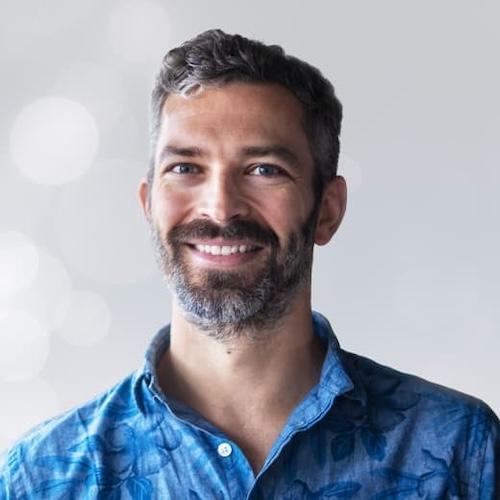
2023 Wrapped: Easy is Difficult, But Worthwhile for Healthcare

It’s been another year of nearly doubling for Vital in 2023, and a year of generative AI. We’ve expanded our reach to new customers like Advent, IU Health, and Children’s Hospital of LA, and grown across existing systems like CommonSpirit, Avera, Allina, and a dozen more. This wouldn't have been possible without the collaboration between our client community and the Vital team. Thank you for this tremendous year of innovation and growth.
ERAdvisor is and remains the leading tool in the market — an “easy” button on top of your EHR to improve emergency department metrics with essentially no staff effort. We’re now serving well over 1M patients, with nearly 60% engagement during a visit. Left-without-being-seen rates have been halved at six health systems. One proved that Vital helped generate $36M in downstream revenue across just two medium-sized hospitals. If those stats hold across a whole health system, Vital is probably worth $100M+ in retention and specialty follow-ups for even medium sized health systems.
It’s been led by deep product innovations, and of course AI:
Our Doctor-to-Patient Translator was a big hit. It uses LLMs to turn medical jargon in doctor’s notes, bills, and radiology reports into something people can understand.
We’re using AI to parse discharge instructions into a 1-2-3 step checklist: complete these two follow-ups, pick up these medications at these pharmacies, here’s what to do or not do.
And we have AI to assign video education. Because why are we asking nurses to put together “playlists” for patients? Computers can read your note, CPT/ICD codes and figure out what’s relevant for you to watch or read right now.
We’re supporting more languages: Spanish (obviously), Somali (less obvious) and Armenian (also non-obvious), and a few others too. More are coming, thanks to LOINC’s 20+ language translations from Reigenstrief. Disclosure: my sister is the new CEO over LOINC/Reigenstrief. I’m really proud of her (she’s younger… and better paid, now that I think of it). Sadly, we get no special privileges here.
Clinical alerts have quadrupled our clinician app usage this year. Those include everything from service escalations, to patient safety alerts. We have a sepsis alert in trial that has an AUC of 0.94. I know non-data scientists don’t really know what that means, but it’s a big deal.
CareAdvisor, the world’s most engaging and intelligent inpatient product is now across many health systems as well. And AccessAdvisor – our AI find-a-doc solution that solves the 5-phone calls to a specialist only to find out no one has availability problem – is piloting. I can’t believe how much effort is required for “follow-ups” after a literal hospital or ER stay. We’re again making that one an “easy” button.
On a personal note, I’ve really enjoyed working in healthcare. It’s not where I started. Before this, I was “Mint guy” and led product innovation on TurboTax and QuickBooks. You could say I like making complex stuff better. There are days when a long sales cycle drives me nuts. But despite what outsiders might think, the willingness to adopt AI (safely, of course) is more widespread than people think. And it matters. It matters in healthcare so much more than in advertising algorithms (Meta, Google/YouTube) or recommender systems (Amazon, Spotify, Netflix).
Today, we vastly improve patient experience scores, follow-up adherence, patient education and understanding. We’re really improving outcomes as well. Early inpatient tests appear to be shaving 0.5-days off the average inpatient stay, which is non-trivial. But soon, within the next couple of years, we plan to tackle AI directly toward patient hospital outcomes and weeks thereafter. I’m proud of the usage metrics, and highest-in-the-country Google ratings we’ve helped clients achieve — and the ROI. But what I’m looking forward to is one day putting a big meter on the website: number of healthy years created.